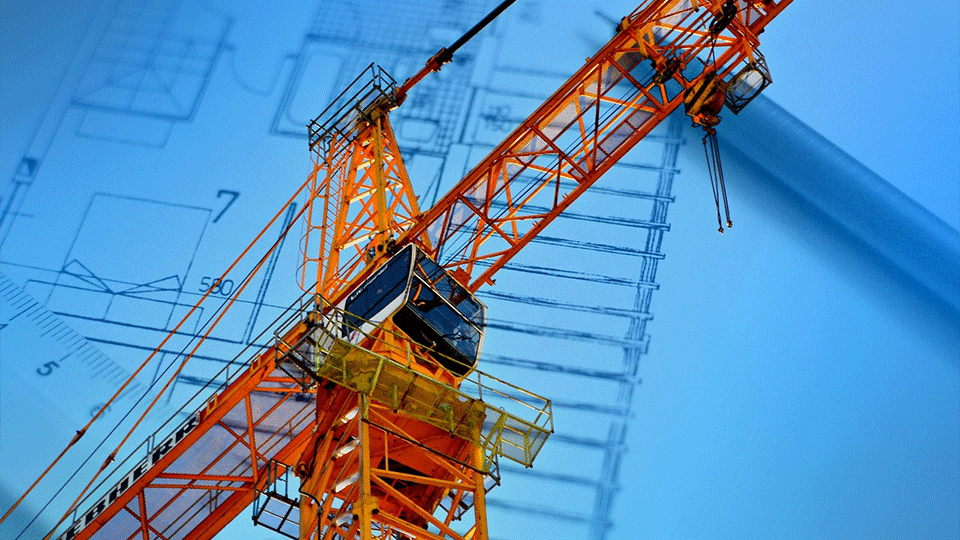

Safety shoes have become a staple in many high-risk workplaces, offering crucial protection against numerous hazards. These specifically designed shoes ensure the safety of workers in fields such as construction, manufacturing, logistics, and more. They guard against falling objects, chemical spills, and electrical hazards, among other risks.
Yet, as with any piece of high-functioning equipment, maintaining the longevity, functionality, and effectiveness of these shoes is equally crucial in ensuring continuous protection and performance.
Regular inspections for wear and tear are vital. Set aside time each week to check for potential issues such as loose laces, thinning inner lining, protruding metal, uneven soles, or peeling layers. This not only can ensure the continued protective function of the shoes but also prevent minor issues from becoming significant problems, which may affect the service life of the shoes.
The material of your safety shoes dictates the appropriate cleaning methods. For suede shoes, use a dedicated brush to remove dirt before applying a suede protector. This protector helps prevent future soiling.
Meanwhile, leather shoes require different care. Clean this material with a slightly damp cloth, then apply a leather conditioner to maintain the shoe's flexibility. For synthetic shoes, usually, a soft cloth, warm water, and mild soap are sufficient.
While it might seem like a chore, keeping safety shoes clean is not just about aesthetics. It has significant practical implications. Clean shoes can better maintain safety features - for instance, ensuring the traction on the soles (the anti-skid feature) isn't compromised by caked-on dirt or mud. Plus, regular cleaning prevents accrued grime that may cause premature degradation of the shoes' material and structure.
The lifespan of safety shoes can extend considerably through proper storage. Optimal conditions include storing them in a cool, dry location away from direct heat sources. Excessive heat can warp the shoe structure, potentially affecting its protective functionalities. Keep the shoes in a dedicated location with adequate space to prevent needless bending or distortion.
While these fundamental tips are relatively straightforward, keep in mind that proper maintenance often -not just when potential issues become evident. This preventive approach includes promptly replacing worn-out laces, using deodorizers or moisture-absorbing products to prevent odor and fungal buildup, and properly drying the shoes after getting wet before storing them.
While these tips cover general maintenance and cleaning methods for safety shoes, it's important to keep in mind that all shoes are different. Always refer to any manufacturer's instructions or guidelines provided with your specific pair of safety shoes. They may have unique characteristics or materials that require special care.
Safety shoes are an important investment in your personal protection at the workplace. Their effectiveness and lifespan significantly depend on proper care and maintenance. By regularly examining them for wear and tear, following material-specific cleaning, maintaining routine cleaning, and adopting proper storage practices, you can ensure they remain useful and protective for a long time.
Remember, the longevity and efficiency of your safety shoes not just optimize cost-efficiency, but mainly ensure that they continue to offer you the vital protection required in the workplace. It's not an area to cut corners on; proper safety is a non-negotiable in any work environment.
Through proper maintenance and care, safety shoes can provide continuous protection against workplace hazards. This article highlighted the various strategies you can adopt to increase the effectiveness and lifespan of your safety shoes, from regular inspections and material-specific cleaning to proper storage. So, take these suggestions to heart and make sure your safety shoes stay in the best condition possible, ever ready to protect you at work.
In conclusion, taking care of safety shoes is an important part of maintaining workplace safety. By following these tips and recommendations, workers can ensure their shoes are well-maintained, comfortable, and capable of providing the maximum protection that they need in their respective workplaces. This is essential for both the safety and well-being of workers, as well as the smooth operation of the workplace as a whole.